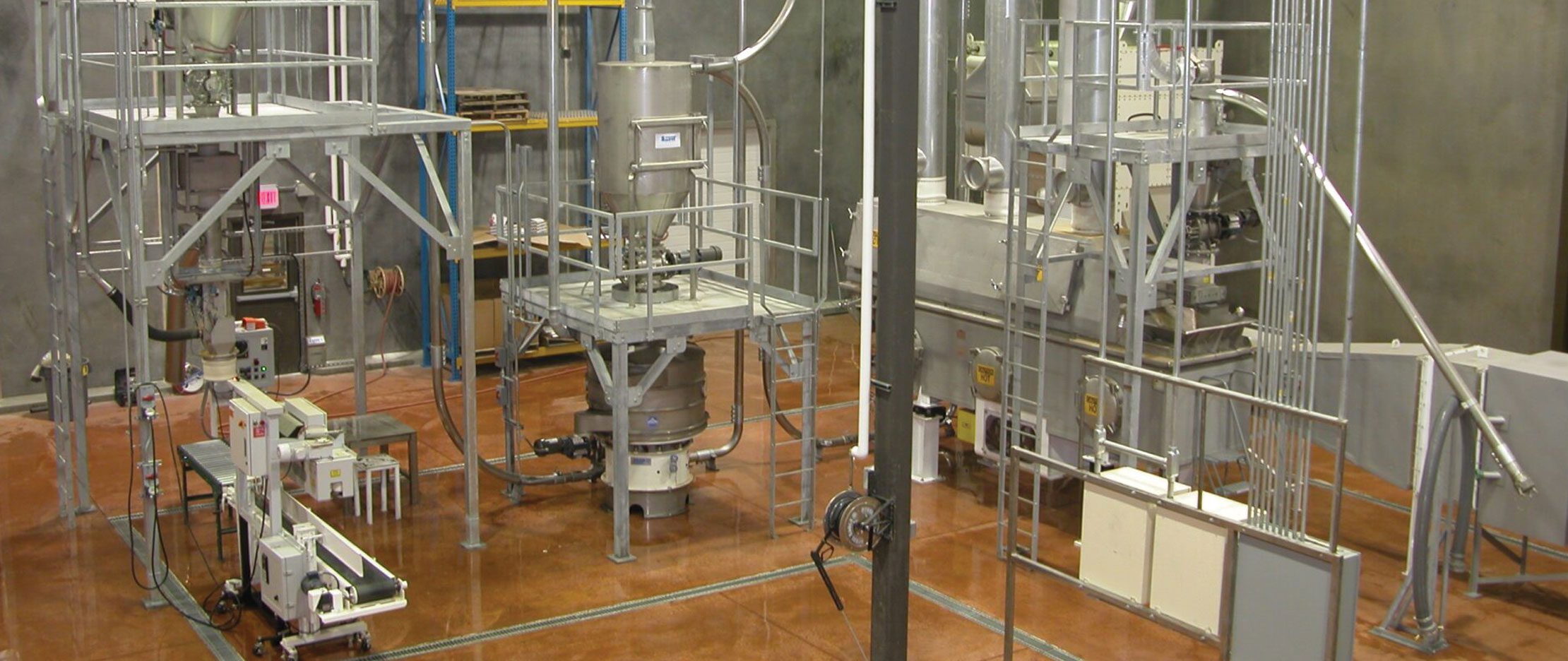

Pneumatic conveying systems are integral to many industrial processes, particularly in transporting bulk materials. Understanding the intricacies of these systems is essential for businesses looking to optimize efficiency and ensure safety.
Here, we address common questions that arise in pneumatic conveying.
1. What are standard safety measures to take when operating a pneumatic conveying system?
Implementing comprehensive safety measures to mitigate potential risks is vital when pneumatically conveying material. First, ensure all employees are trained in operational procedures and emergency response actions. Regular maintenance checks on equipment can prevent malfunctions and hazards, while proper ventilation and dust control systems will help reduce the risk of fire or explosion from combustible materials. Additionally, using explosion-proof equipment in hazardous locations and installing pressure relief valves are crucial for system safety. Always adhere to industry safety standards and regulations to maintain a secure operational environment.
2. How do I determine the proper air supply for my pneumatic conveying system?
Determining the correct air supply for your pneumatic conveying system involves calculating the required airflow based on material characteristics, distance, and system design. The air supply is measured in volume (e.g., cubic feet per minute, CFM) and pressure (typically measured in psi or Hg in a vacuum system). To effectively move the material, sufficient airflow must be supplied while maintaining the desired conveying speed. Consulting with a pneumatic conveying specialist, like Magnum Systems, can yield precise calculations tailored to your process needs, ensuring optimal performance and safety throughout the conveying process.
3. Can pneumatic conveying systems handle moist or wet materials?
Using certain precautions, pneumatic conveying systems can be adapted to handle moist or wet materials. Excess moisture can lead to material clumping, increased friction, and potential wear on system components. Choosing a conveying method that minimizes moisture impact is critical, such as using dense-phase conveying for heavier, wetter materials. You should also incorporate moisture-resistant components and regularly monitor material conditions to improve your system’s efficiency.
Adding an air-drying system to the conveying process can also be helpful. Implementing dehumidifiers such as heat exchangers in a pre, post, or a combination of both scenarios can significantly reduce moisture in a conveying system. Before implementing such solutions, consult a pneumatic conveying expert to ensure the system remains efficient and complies with safety regulations while handling moist materials.
4. Who offers food-grade pneumatic conveying systems?
When seeking a food-grade pneumatic conveying system, it's essential to partner with manufacturers who specialize in food safety standards and have experience in the food industry. Look for companies that comply with regulations such as FDA guidelines or have ISO certifications related to food processing. These manufacturers should also have an exceptional track record of designing systems that prevent contamination and are easy to clean.
5. What is the maximum distance I can pneumatically convey my material?
The maximum distance for pneumatic conveying largely depends on the type of material being transported, the conveying method chosen, and the specific system design parameters. Materials can generally be conveyed up to 1,000 feet or more, but it's essential to consult with a system designer who can tailor the solution to your needs. Pressure, density, elbow count, and material characteristics influence the effective conveyance distance.
6. How can we address material breakage during pneumatic conveying?
Minimizing breakage during pneumatic conveying is essential to maintaining product quality and efficiency. Here are five of the most common ways to keep breakage at bay:
7. How hot can the material be in a pneumatic conveying system?
The temperature of the material conveyed in a pneumatic system can vary widely based on the system's design and the specific materials being handled. However, most pneumatic conveying systems are designed to operate effectively with materials reaching temperatures up to 180°F (82°C). For materials that exceed this temperature, it’s critical to use specialized components and insulation to protect the system and maintain safety standards. Temperatures exceeding 400 degrees can be accommodated by choosing the right components. Remember that for every PSI in a pressure convey system, the temperature rises between 10 and 15 degrees.
8. How dense can the material be in a pneumatic conveying system?
The density of the material is a critical factor in selecting a pneumatic conveying system. Generally, materials with a density of up to 50 lb/ft³ can be conveyed with conventional designs. However, denser materials may require unique handling considerations and a more powerful pneumatic system. Consulting with a pneumatic conveying expert will provide valuable insights into the best configuration to accommodate your material's density while ensuring efficient transport.
Addressing these frequently asked questions can help you make the most informed decision about choosing and implementing a pneumatic conveying system that aligns with your business goals and company’s safety requirements.
Magnum Systems podcast series, AIM!
RELATED POSTS
Five Ways To Limit Product Breakage With Your Pneumatic Conveying System
Magnum Systems Highlights Seven Benefits of Dilute-Phase Pneumatic Conveying
Magnum Systems’ Pneumatic Conveying: Small Systems, Big Impact
What Are the Advantages of Dense-Phase Pneumatic Conveying?
What is a Pneumatic Conveying System?
Related Post
Maximizing Manufacturing Efficiency: The Role of Automation in Integrated Systems
Five Common Challenges and Solutions for Implementing an Integrated System
Why Are Rotary Valve Airlocks Important for Material Handling?
Brian McCarver Joins Magnum Systems as Southeast Regional Sales Manager